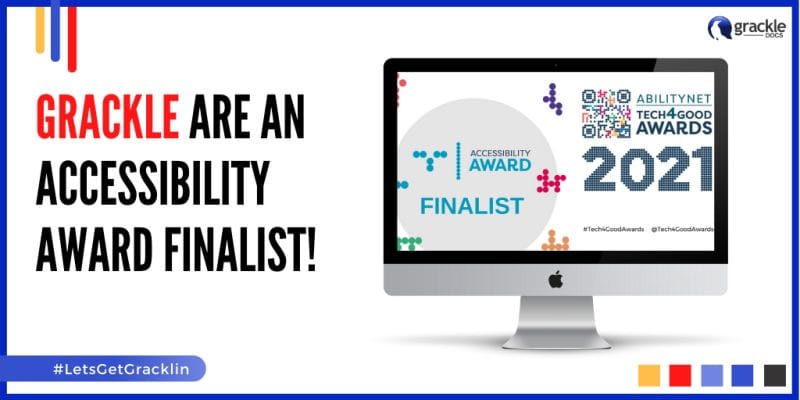In today’s digital age, where images dominate the online landscape, it’s easy to forget that not everyone can experience visual content in the same way. For millions of people with visual impairments, the internet can often feel like an exclusionary space. However, with the use of image alternative text, commonly known as “alt-text,” we have the ability to bridge this gap and make digital content more inclusive and accessible to all.
Alt-text is a descriptive text attribute added to images on websites, documents, and social media platforms. Its purpose is to provide a textual alternative to convey the information contained within the image, ensuring that individuals who cannot see the visual content can still understand its meaning and context. By using alt-text, we open up a world of possibilities for visually impaired individuals, enabling them to access and engage with digital content in a meaningful way.

What’s the difference between alt-text and image text?
Alt-text and image text refer to two different concepts related to describing images, and it’s important to understand their distinctions:
- Alt-Text (Alternative Text): Alt-text, also known as alternative text or alt attribute, is a textual description added to an HTML image tag. It serves as a replacement for the image when it cannot be displayed or accessed by the user. Alt-text is primarily intended for individuals with visual impairments who use screen readers or other assistive technologies to navigate and understand web content. When an image is not visible, the screen reader reads the alt text aloud, providing a description of the image’s content and context.
Alt-text is vital for accessibility because it enables people with visual impairments to comprehend the purpose and meaning of an image, even if they can’t see it. It should be concise, descriptive, and convey the essential information and function of the image. Properly written alt text improves the accessibility of websites, documents, and social media posts, ensuring that all users, regardless of their visual abilities, can access and understand the content.
- Image Text: Image text, also referred to as image-based text or text overlay, is textual content that appears directly on an image. Unlike alt text, image text is part of the image itself and is typically visible to all users, regardless of visual impairments. Image text can be used for various purposes, such as captions, titles, quotes, promotional messages, or informative labels within an image.
While image text can be visually appealing and convey additional information, it is important to consider accessibility when using it. People with visual impairments may not be able to perceive the image text, especially if it is embedded in an image without alternative text. To ensure inclusivity, it is recommended to provide a suitable alternative text description for images containing important textual information. This way, individuals using screen readers can access the textual content, even if it’s not visible on the image itself.

How do I get alt-text from an image?
To obtain alt-text for an image, you can follow these steps:
- Examine the image’s context: Look at the image and understand its purpose, content, and relevance within the surrounding text or webpage. Consider what information the image is conveying or what message it is intended to communicate.
- Identify key details: Take note of the significant details within the image that are important for understanding its content. This could include objects, people, locations, actions, or any other relevant elements.
- Determine the image’s function: Consider why the image is included in the context. Is it purely decorative, illustrative, or does it provide essential information? Understanding the image’s role will help you provide accurate alt text.
- Write a concise and descriptive description: Based on your analysis, create a concise and descriptive text that accurately represents the image. The alt-text should be informative, conveying the essential information within the image while being succinct.
- Use proper formatting: When implementing the alt text, ensure that it follows the correct syntax and formatting for the platform you are working on. Different platforms and content management systems may have specific guidelines for inserting alt-text.
- Test the alt-text: After adding the alt-text, verify that it functions correctly. You can do this by temporarily disabling image display in your web browser or using accessibility tools like screen readers to confirm that the alt text is read aloud correctly.
It’s worth noting that alt-text is not visible to sighted users unless the image fails to load. However, it is crucial for individuals using assistive technologies, such as screen readers, to access and understand the content of the image.
Remember, alt-text should be an accurate representation of the image, providing a meaningful description while being concise. Strive to strike a balance between providing enough information and avoiding overly lengthy alt text.
Additionally, some content management systems or image editing tools may offer automated suggestions or analysis for generating alt-text. While these tools can be helpful, it’s important to review and customize the generated alt text to ensure accuracy and relevance to the specific image and its context.




